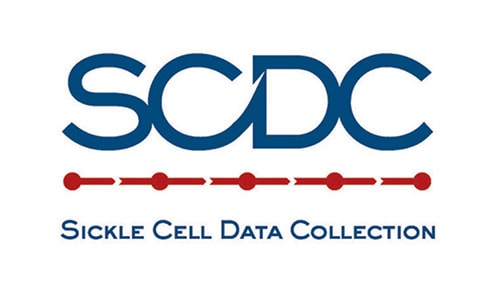"On May 25, 2023, the Supreme Court decided Sackett v. EPA, a case with significant implications for the
scope of federal jurisdiction under the Clean Water Act (CWA). While the Court unanimously agreed that
the lower court applied the wrong standard for determining when wetlands are considered “waters of the
United States” (WOTUS) based on their adjacency to other jurisdictional waters, it split 5-4 on the
appropriate test.
The majority formally adopted the approach taken by a four-Justice plurality in the 2006 case Rapanos v.United States. Under the majority’s test, “waters” are limited to relatively permanent bodies of water
connected to traditional navigable waters and to wetlands that are “waters of the United States” in their
own right by virtue of a continuous surface connection to other jurisdictional waters so that there is no
clear demarcation between the bodies. Wetlands that are neighboring covered waters but are separated by
natural or artificial barriers are excluded.
The CWA prohibits discharging certain pollutants into navigable waters, defined as “the waters of the
United States, including the territorial seas” without a permit, but the statute does not define WOTUS.
The definition of WOTUS is important because it determines which waters are subject to federal
government regulations and protections, including CWA permitting programs. In January 2023, the U.S.
Army Corps of Engineers (Corps) and the U.S. Environmental Protection Agency (EPA)—the two
agencies tasked with implementing the CWA—issued a final rule redefining WOTUS. (See this report for
an in-depth discussion of the rule and the previous regulations promulgated to define the term.) The
Court’s ruling in Sackett construes the reach of the CWA more narrowly than the new or previous
regulatory interpretations or the approach adopted by the courts of appeals since Rapanos. While the
Sackett decision does not directly address the merits of the new rule, its rejection of several elements
included in the rule casts doubt on the current regulatory framework. It also evinces the Court’s
decreasing reliance on deferential modes of statutory construction as well as its increasing insistence on
clear congressional authorization for agency action..."
Supreme Court and Clean Water Act
| Daily AQI Color | Levels of Concern | Values of Index | Description of Air Quality |
|---|---|---|---|
| Green | Good | 0 to 50 | Air quality is satisfactory, and air pollution poses little or no risk. |
| Yellow | Moderate | 51 to 100 | Air quality is acceptable. However, there may be a risk for some people, particularly those who are unusually sensitive to air pollution. |
| Orange | Unhealthy for Sensitive Groups | 101 to 150 | Members of sensitive groups may experience health effects. The general public is less likely to be affected. |
| Red | Unhealthy | 151 to 200 | Some members of the general public may experience health effects; members of sensitive groups may experience more serious health effects. |
| Purple | Very Unhealthy | 201 to 300 | Health alert: The risk of health effects is increased for everyone. |
| Maroon | Hazardous | 301 and higher | Health warning of emergency conditions: everyone is more likely to be affected. |
See the Activity Guides to learn ways to protect your health when the AQI reaches unhealthy levels.
Five major pollutants
EPA establishes an AQI for five major air pollutants regulated by the Clean Air Act. Each of these pollutants has a national air quality standard set by EPA to protect public health:
- ground-level ozone
- particle pollution (also known as particulate matter, including PM2.5 and PM10)
- carbon monoxide
- sulfur dioxide
- nitrogen dioxide
Using the Air Quality Index
Technical Assistance Document for the Reporting of Daily Air Quality – the Air Quality Index.."




